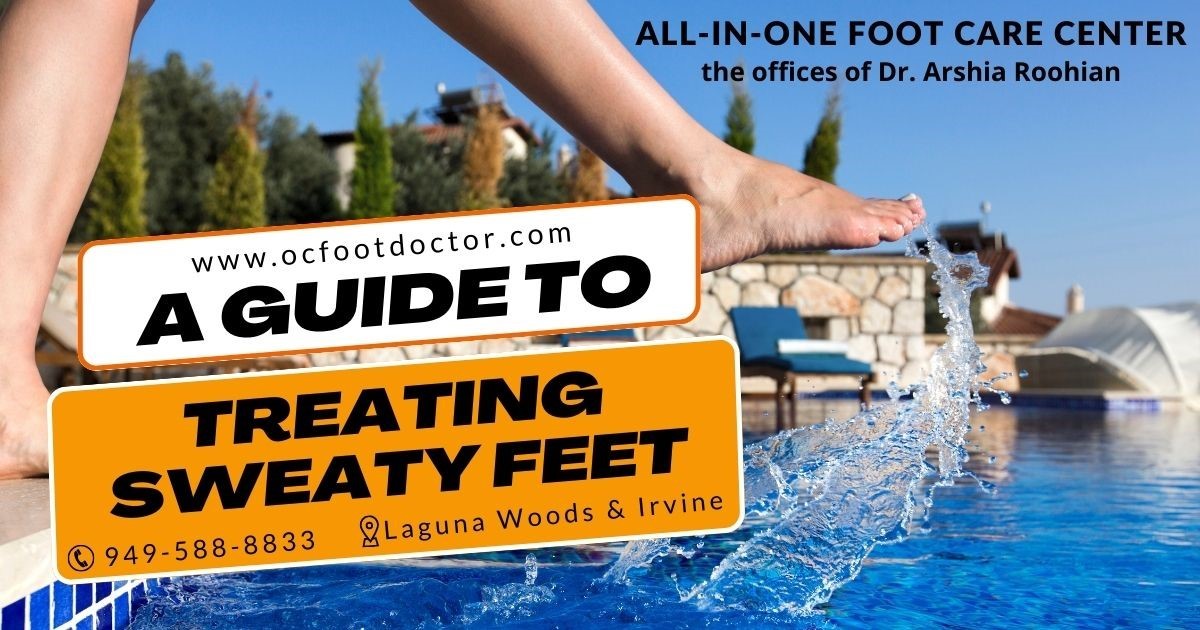I have PSORIASIS on my feet. Why is that?

It is common to find psoriasis patches on elbows and scalps, so you might wonder why you have them on your feet. Here are some tips on how to manage your psoriasis naturally.
In addition to psoriasis on other parts of the body, psoriasis on the feet is relatively common. The most common type on the feet is plaque psoriasis, which appears as raised patches covered with dead skin cells. This type of psoriasis patches can crack, flake, and irritate because they are constantly in motion. Furthermore, psoriasis in these areas can be particularly difficult to manage because of constant rubbing and pressure.
As a result of the immune system attacking normal cells rather than harmful bacteria or viruses, psoriasis is an autoimmune disease. The excessive production of skin cells results in the characteristic psoriasis patches on the feet, which form as a result of the excess skin cells building up on the surface.
.jpg)
How do you describe psoriasis on your feet?
This type of psoriasis is sometimes called palmoplantar or plantar psoriasis, since walking and standing can aggravate the already sensitive skin. Additionally, plantar psoriasis often affects the soles of the feet, making it difficult to walk or stand for long periods of time.
The pustulous palmoplantar psoriasis can develop on the palms and soles of the feet and is more severe. There are small pustules that characterize this form of psoriasis, which can cause pain and itch. However, these bumps won't cause infections and are not contagious.
A person with plantar psoriasis may suffer from a variety of symptoms, which include large patches of parched, cracked skin accompanied by itching. In addition, some people may also suffer from nail psoriasis on their toenails, which can cause discoloration or crumbling nails. The soles of the feet, toes, heels, and other areas of the body may also exhibit redness and scales.
.jpg)
Keeping your feet clean will help prevent dust and bacteria from aggravating your psoriasis and reduce the likelihood of infections. When washing your feet, make sure to dry them thoroughly afterwards. Avoid harsh foot scrubs and rough materials that can worsen redness and inflammation. When drying your feet, pat them dry with warm water, mild products and soft towels.
In spite of the uncomfortable symptoms of psoriasis on the feet, you can find some relief from these natural remedies.
You can contact our office at 949-588-8833 , or visit our website at https://www.ocfootdoctor.com/ Our offices are located in Laguna Hills, Irvine, Mission Viejo, Aliso Viejo, Lake Forest, Foothill Ranch, and Costa Mesa.


